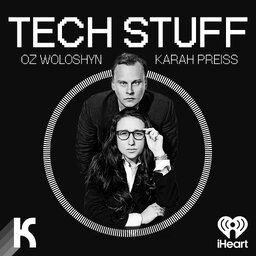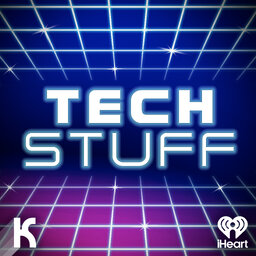Listener Greg used the Talkback feature on the iHeartRadio app to ask an interesting question: does Full Self Driving do what Tesla says it does? We take a look at the capabilities and limitations of Full Self Driving and ask tough questions like "Who is responsible when a Tesla crashes while in Full Self Driving mode?"
 TechStuff
TechStuff


